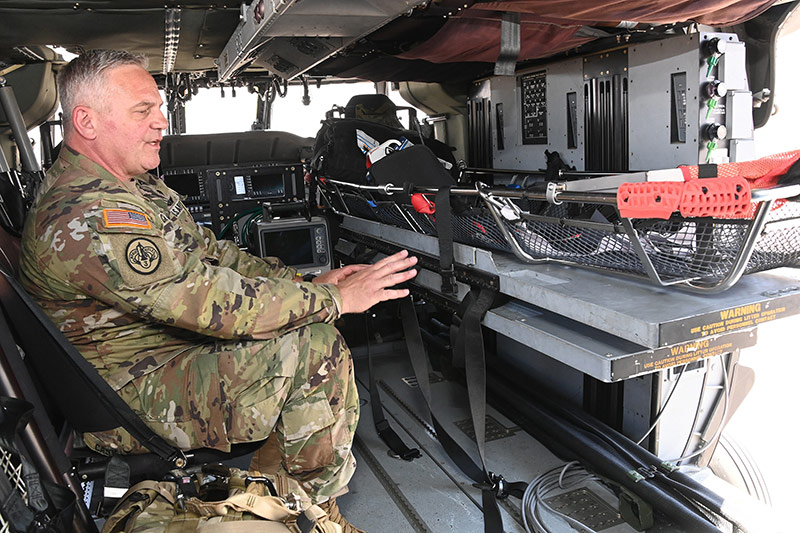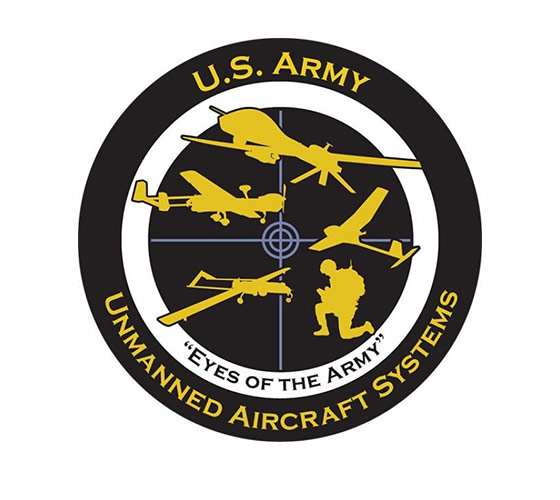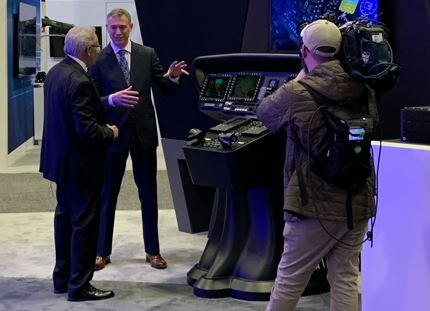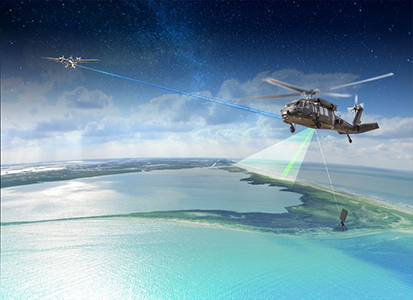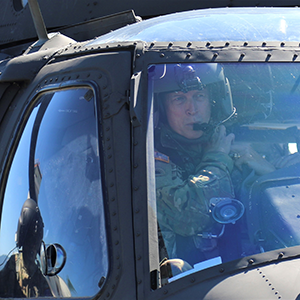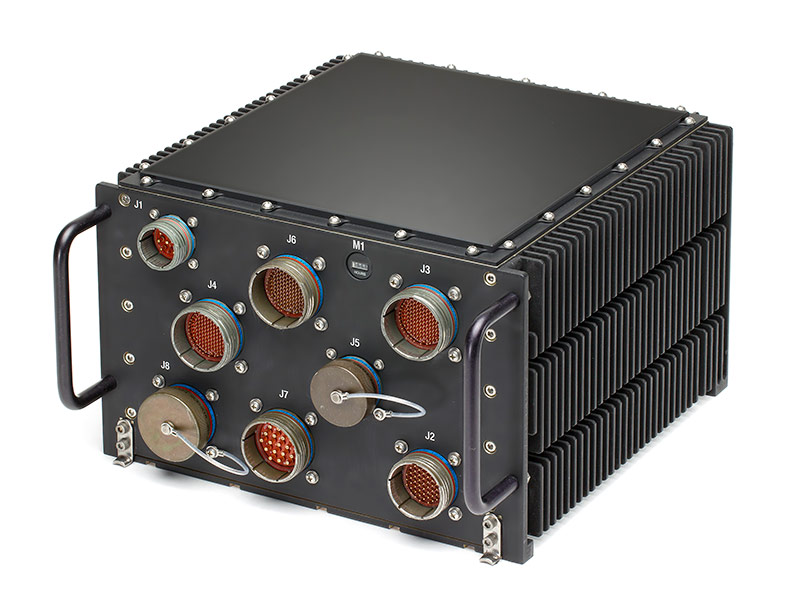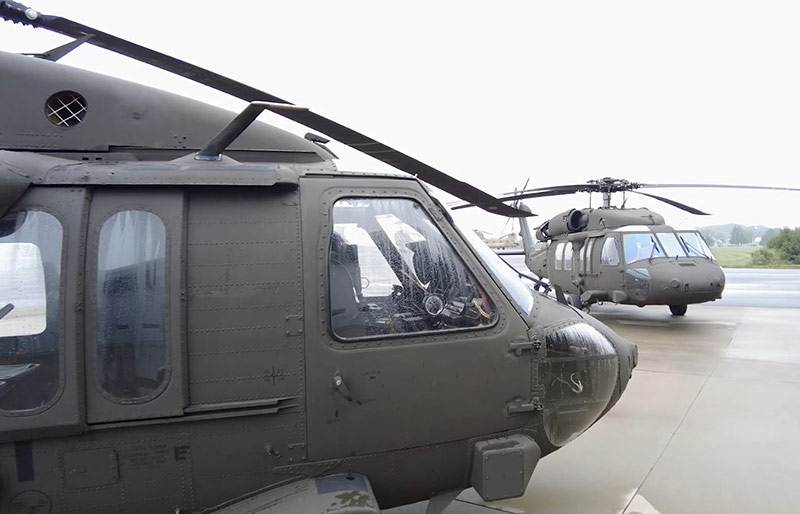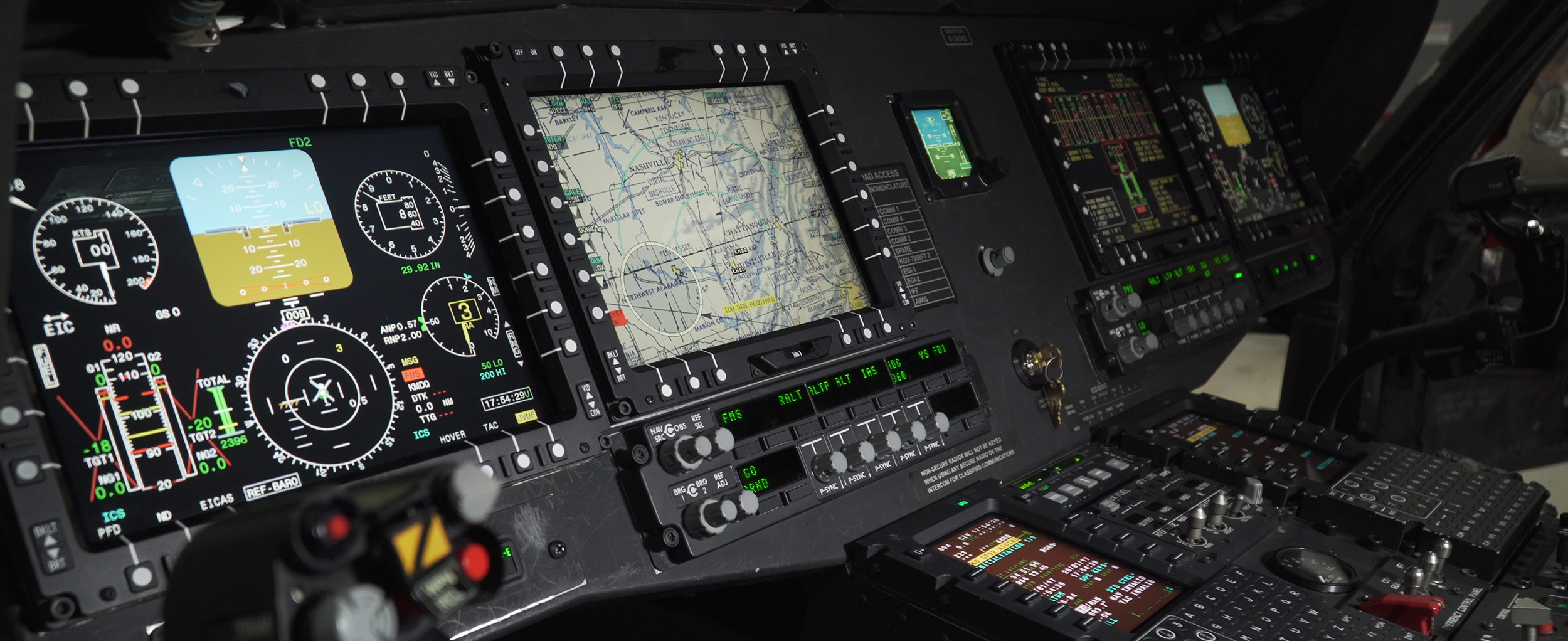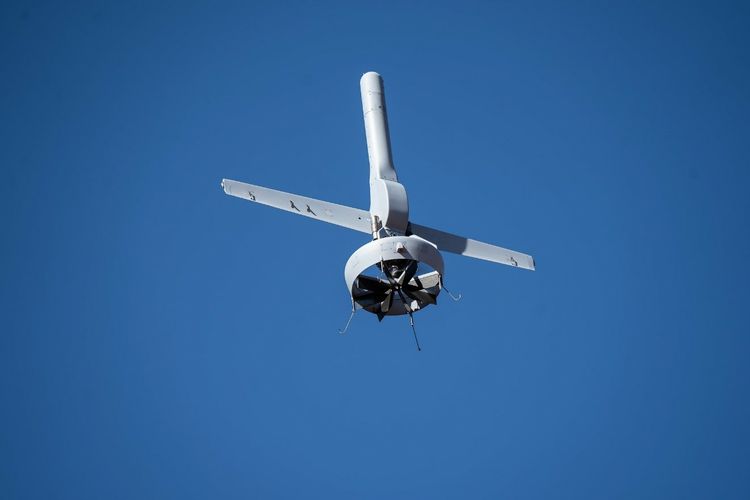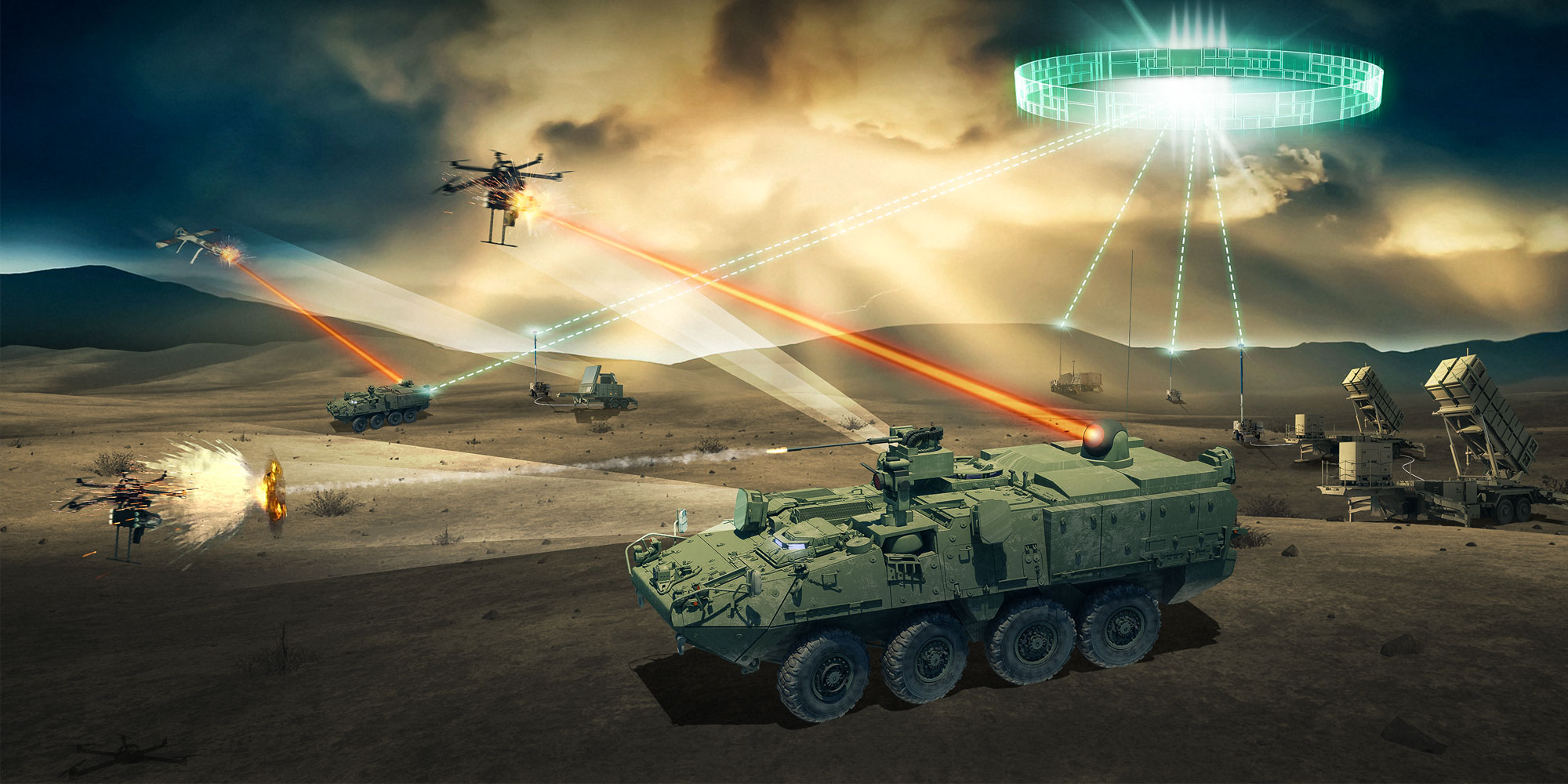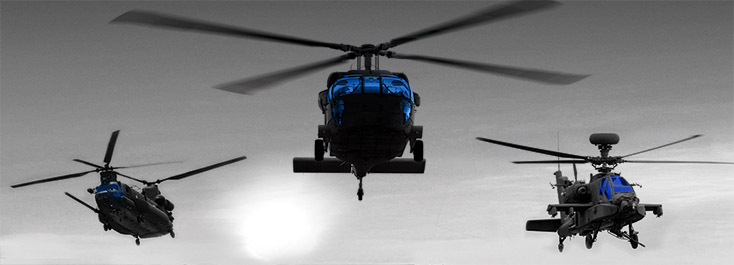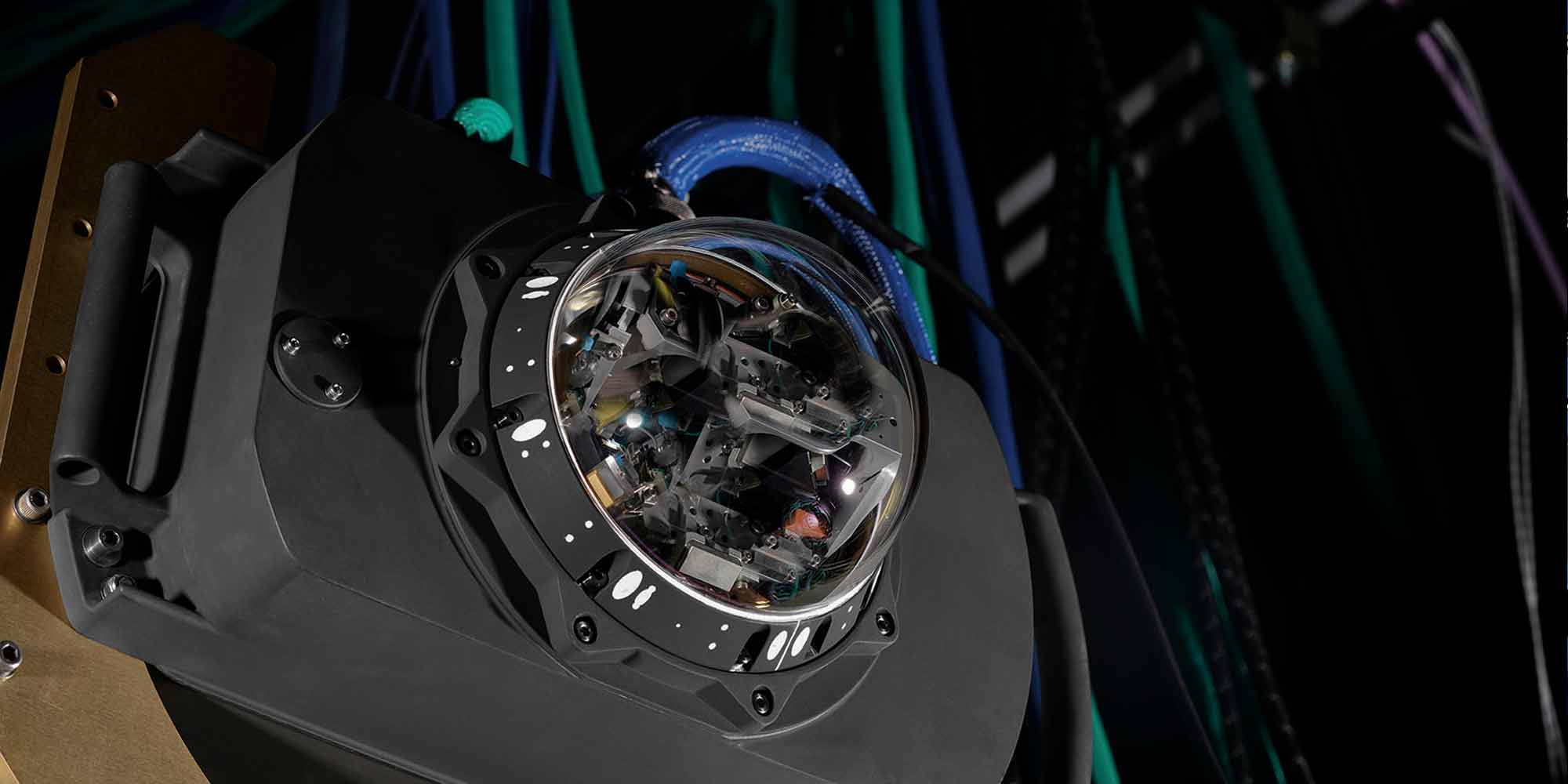Tthe Crows’ Nest – Episode 10
Future Vertical Lift
Future Vertical Lift
Northrop Grumman is supporting the U.S. Army and other services as they modernize the aviation fleet. Together, we are ensuring that all enduring and future platforms can fly, fight and prevail in the Joint All-Domain Operations (JADO) environment.
What is Future Vertical Lift?
Whether performing transport, logistics, strike or reconnaissance duties, vertical lift aircraft greatly multiply the effectiveness of ground forces. They are a critical combat multiplier, as well as a lifeline in austere environments. Future Vertical Lift (FVL) will transform the Army Aviation fleet, bringing faster, more lethal and more survivable aircraft to the battlefield.
The FVL effort includes the Future Attack Reconnaissance Aircraft (FARA), the Future Long-Range Assault Aircraft (FLRAA) and Future Tactical Unmanned Aircraft Systems (FTUAS) for the Army, and the Attack Utility Replacement Aircraft (AURA) for the Marine Corps. These new aircraft will serve alongside the enduring fleet.
These new aircraft will require a fully integrated, open, safe and secure architecture that enables true multi-functionality of currently federated capabilities while providing the agility to rapidly iterate FVL’s mission and survivability systems to outpace the threat.
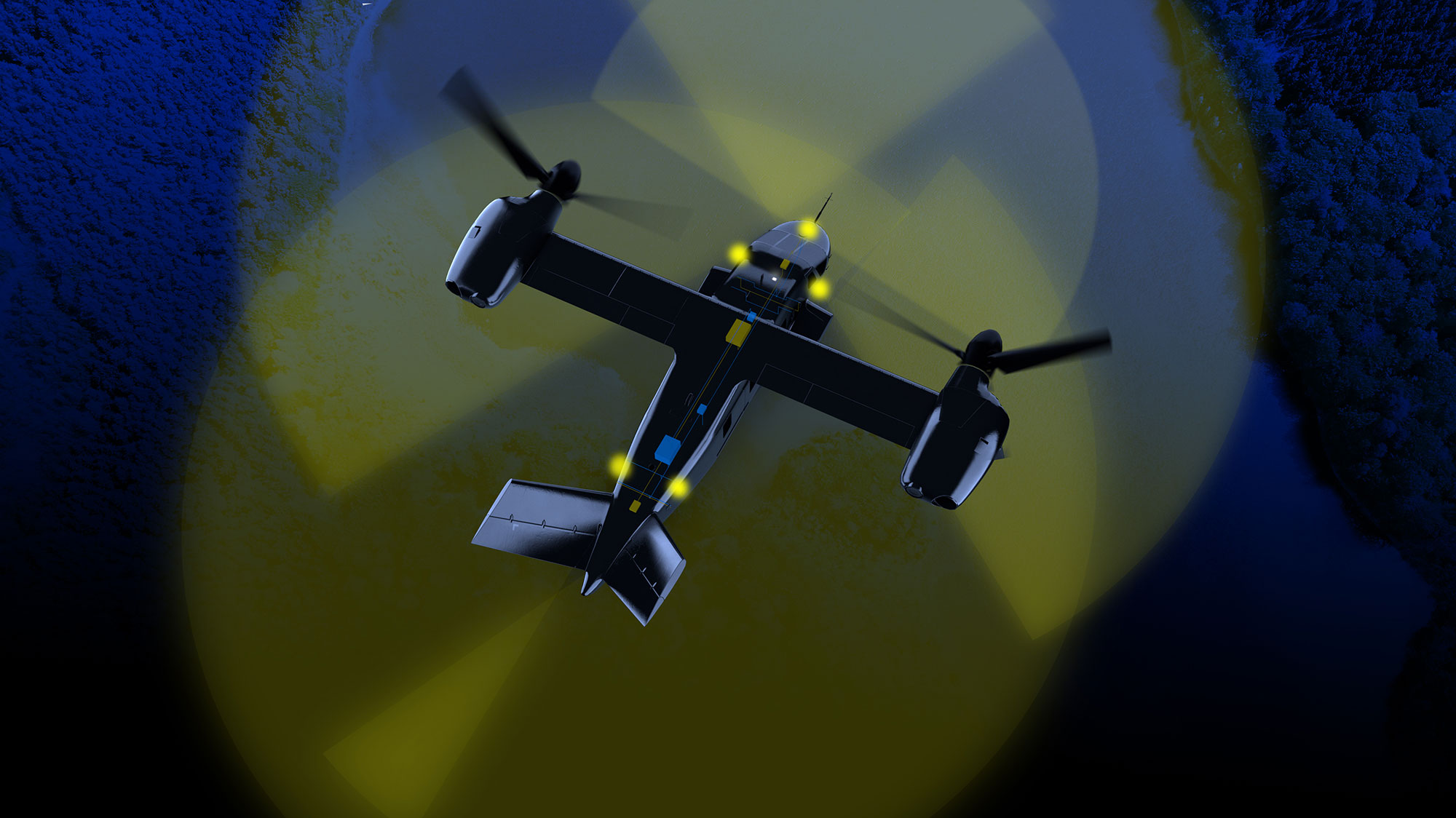
Joint All Domain Operations (JADO) Capable Mission Systems
Northrop Grumman is uniquely positioned as a provider of proven integrated, open, multi-domain capabilities. As a current provider for JADO-capable systems, we are investing in reduced size weight and power (SWaP) and increased lethality and survivability technology. We are also focused on critical interoperability across all mission system domains, given the complexity of the FVL ecosystem. Our approach is inspired by the warfighter’s perspective and feedback, ensuring that the operational benefits are optimized for the end user.
Verifiable Open Mission Systems Architecture
A critical enabler to Future Vertical Lift’s JMDO capabilities will be an open, safe and secure digital backbone. Truly functioning as the nerve center of FVL aircraft, the backbone will connect all onboard systems to give operators an unprecedented level of situational awareness, survivability and control. At its core is a Modular Open Systems Approach (MOSA) architecture. The Army is flying Northrop Grumman’s MOSA today on its UH-60V helicopter.
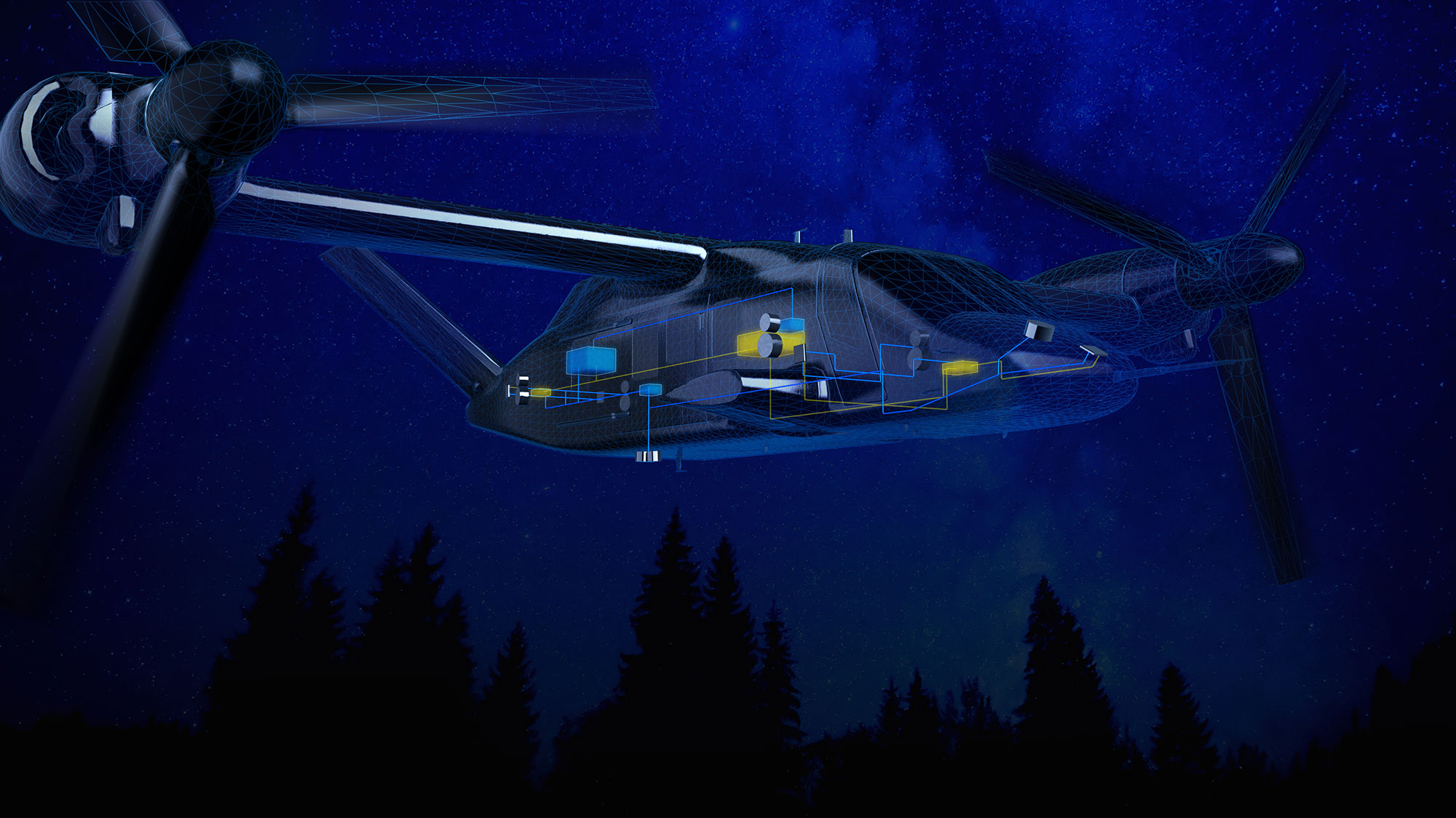
Northrop Grumman’s MOSA provides the freedom to choose the hardware and software systems that best meet customer needs, regardless of manufacturer. It provides a lasting path to relevance for FVL platforms by simplifying the upgrading and replacement of on-board electronics. Northrop Grumman’s experience with these proven systems is the foundation for what comes next.
Proven Aircraft Survivability & Situational Awareness Experience
Throughout the world, multispectral threats to aviation are becoming more sophisticated and lethal. The key to outfoxing these threats? Agility. To survive, aircrews must have not only sophisticated digital radar sensors and countermeasures, but also a way to manage them. That is why Northrop Grumman offers survivability solutions that span the spectrum.
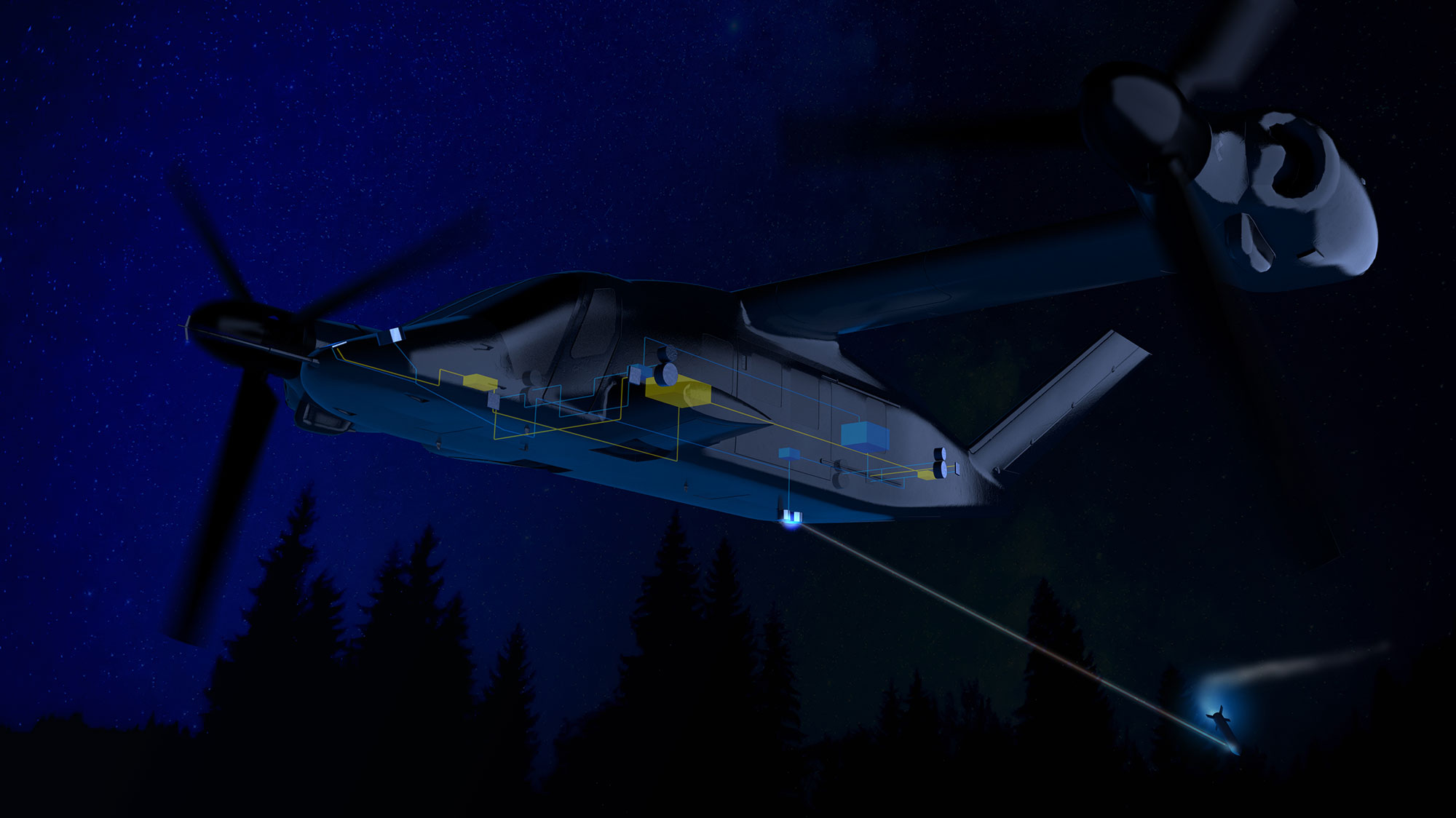
The Northrop Grumman APR-39 Radar Warning Receiver and Electronic Warfare Management System maximizes survivability by improving aircrew situational awareness via interactive management of all onboard sensors and countermeasures. The system features the latest technology in a small, lightweight configuration that protects a wide variety of rotary, tiltrotor and fixed-wing aircraft from modern radio frequency threats.
Infrared-guided missiles remain a lethal threat in conflict zones. The Common Infrared Countermeasures system is designed specifically to protect rotary wing and medium fixed wing aircraft from these missiles and is built on open architecture to work with existing hardware, simplify upgrades, and keep lifecycle costs low. Northrop Grumman’s dependable, adaptable family of infrared countermeasure systems have been tested and proven in the harshest wartime conditions, and have achieved more than one million operational hours in theater.
Battle Proven Communications Navigation and Identification (CNI) Systems
As an industry leader in cutting-edge communications and advanced networking capabilities, Northrop Grumman’s iCNI systems deliver over 27 fully-integrated communications, identification and navigation functions and are currently used across every branch of the Department of Defense.
Northrop Grumman’s iCNI system will significantly enhance interoperability across joint and coalition forces by extending the operational reach of the combined force. The iCNI FVL design will create a number of networked advantages for today’s warfighters including providing resilient sensor-to-shooter links maintained through spectral awareness and frequency agility—significantly improving data to decision timelines. In addition, the autonomous fault detection and system reconfiguration of iCNI reduces crew workload, enabling warfighters to focus on other critical mission areas.
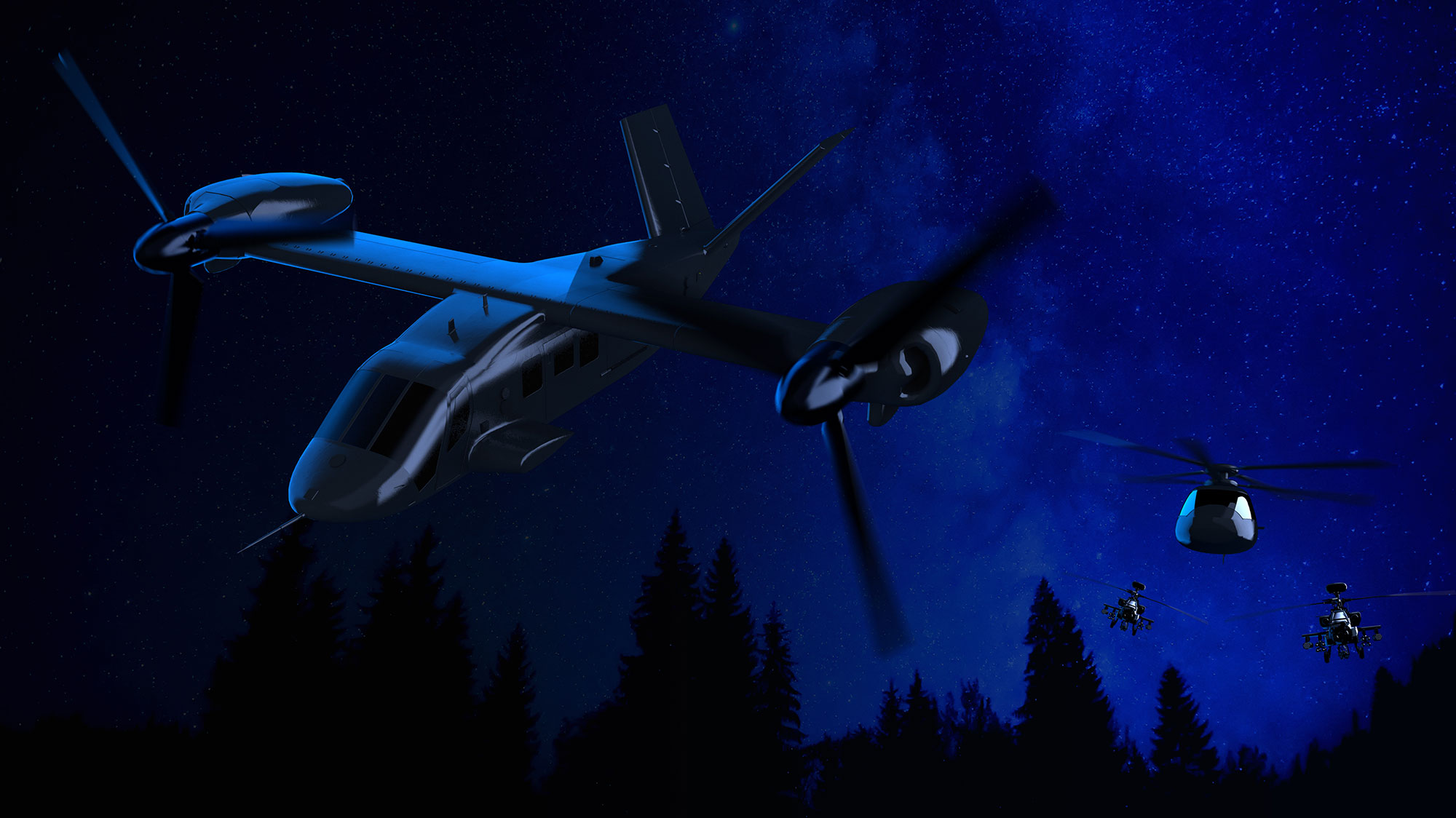
The company’s iCNI system is designed for enhanced sustainability and maintainability as well as providing a significant reduction in acquisition, platform integration and overall lifecycle costs. Its open architecture design will also enable third-party providers to easily integrate new functions and provide ongoing system sustainment. The signature low Size Weight and Power (SWaP) design and software defined nature of iCNI will enhance operational speed, range and mission time as well as improving overall affordability of the systems. The low SWaP design also allows the system to be easily integrated onto rotary wing platforms and upgraded to adapt to emerging mission demands while reducing overall lifecycle costs.
The iCNI system significantly improves situational awareness and enhances overall mission effectiveness by enabling multi-level secure, fifth-to-fourth generation networked data sharing and unparalleled interoperable communications, navigation and identification capabilities.
Game-Changing Capability to Address Future Tactical Unmanned Aircraft System (FTUAS) Requirements
The Army is seeking an easily deployable, expeditionary Vertical Take-Off and Landing (VTOL) system capable of reconnaissance, surveillance, and target acquisition (RSTA) for US Army Brigade Combat Teams and Special Forces/Ranger battalions. We are partnered with Shield AI to design and offer a solution that addresses the Army’s FTUAS mission requirements. Together, Northrop Grumman and Shield AI are delivering an expeditionary, near zero footprint, flexible VTOL capability that is based on a platform deployed operationally today and that performed exceptionally well during recent Operational Evaluation events.
Together, Northrop Grumman and Shield AI are delivering an expeditionary, near zero footprint, flexible VTOL capability that is based on a platform deployed operationally today and that performed exceptionally well during recent Operational Evaluation events. As the threat on the battlefield evolves, so will our capability, augmenting current capabilities and increasing functionality to meet and exceed the US Army’s current and future UAS needs.
Media Inquiries
Ellen Hamilton
ellen.hamilton@ngc.com
(224) 625-4693
